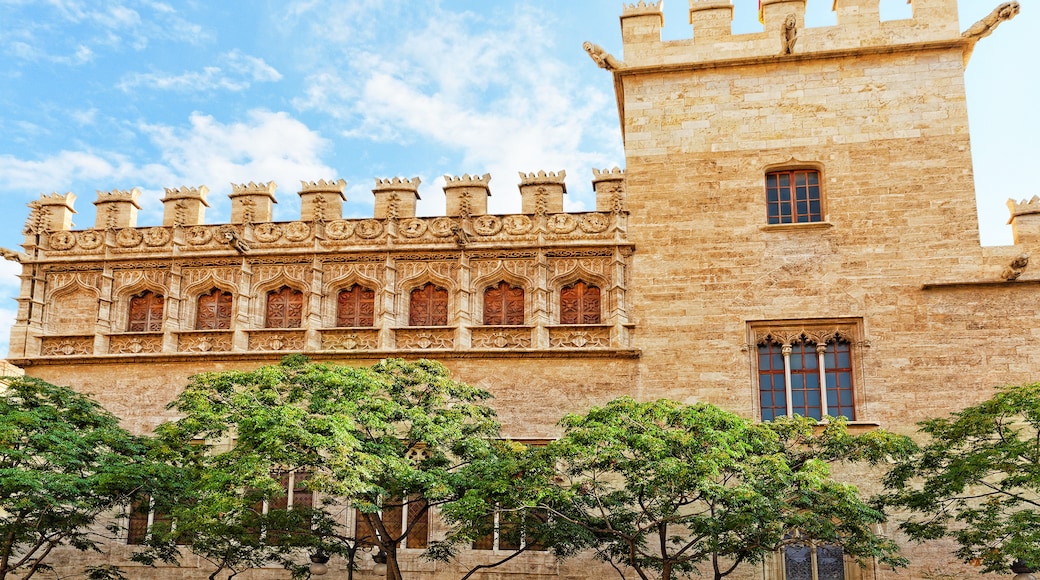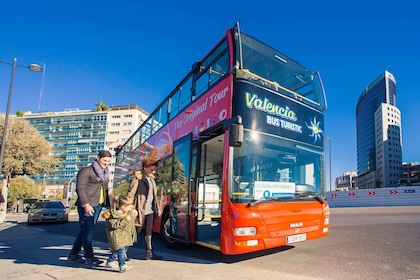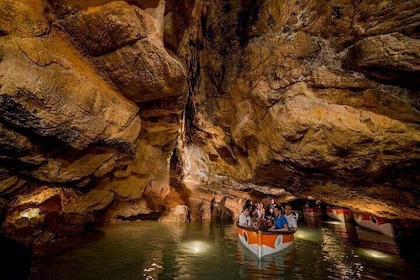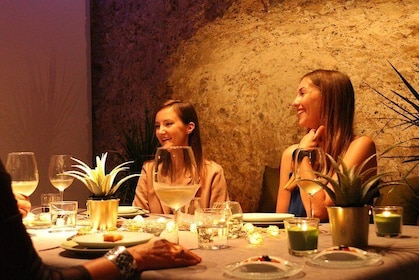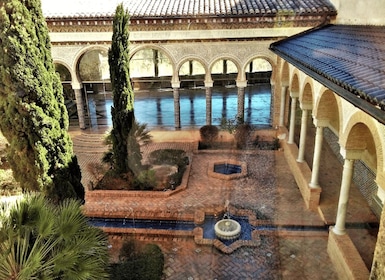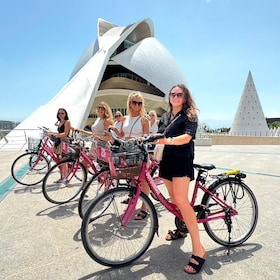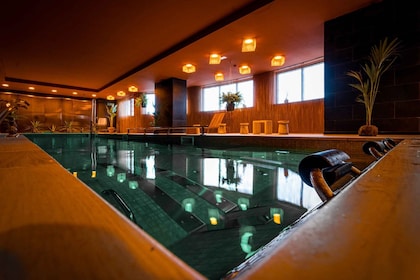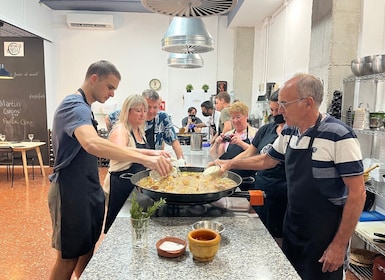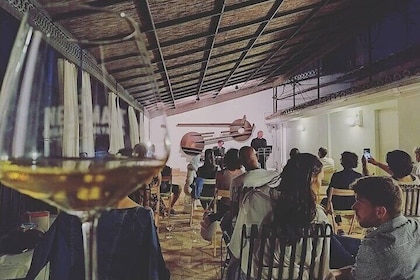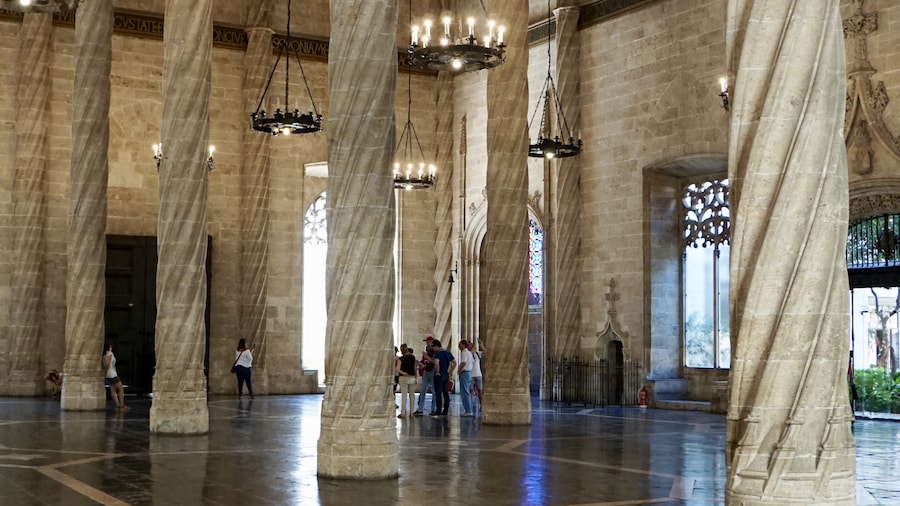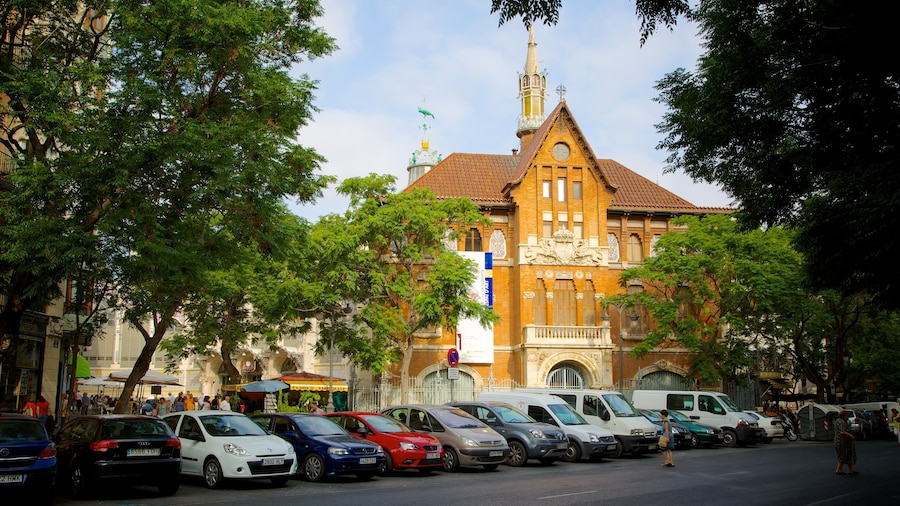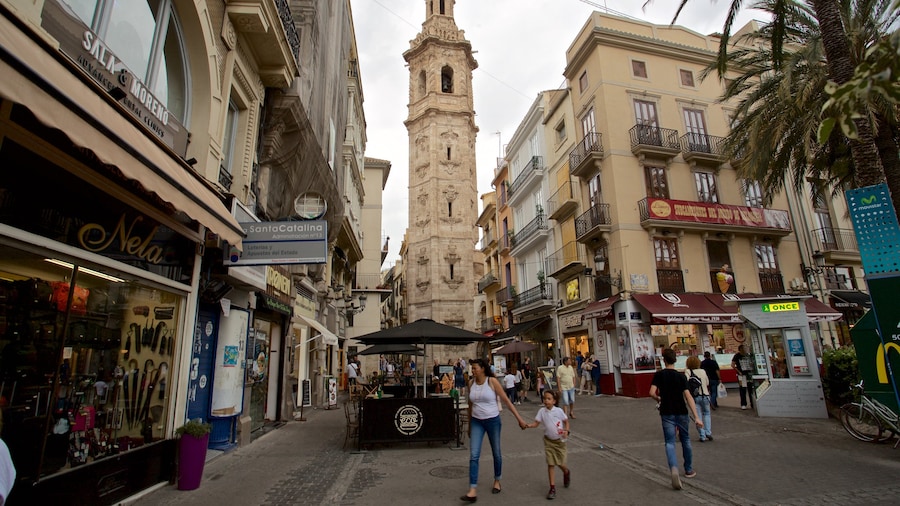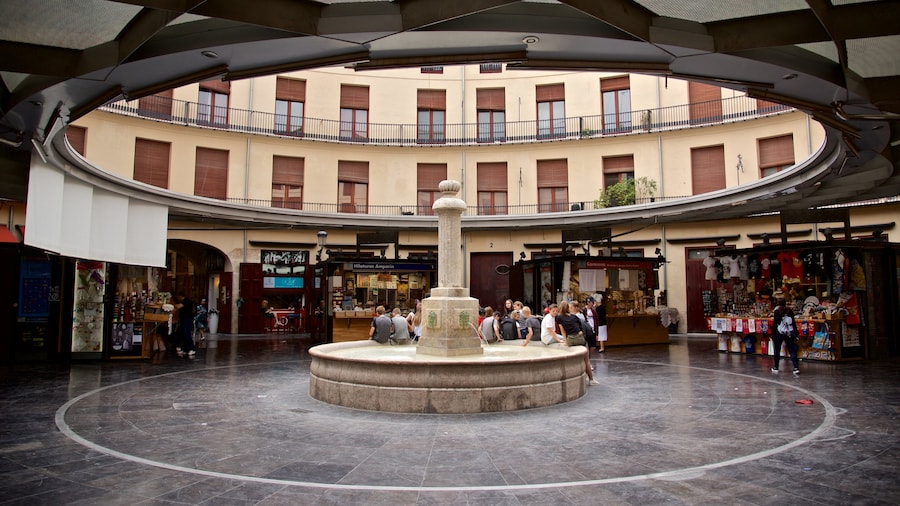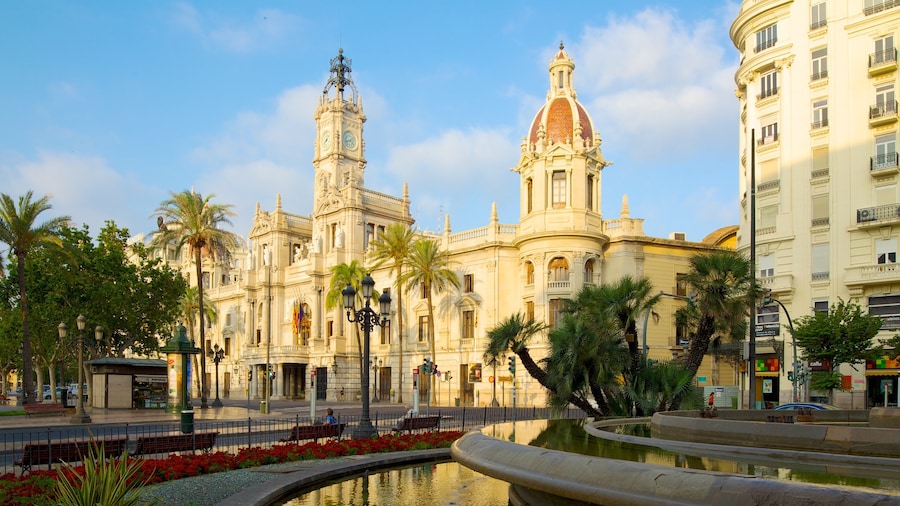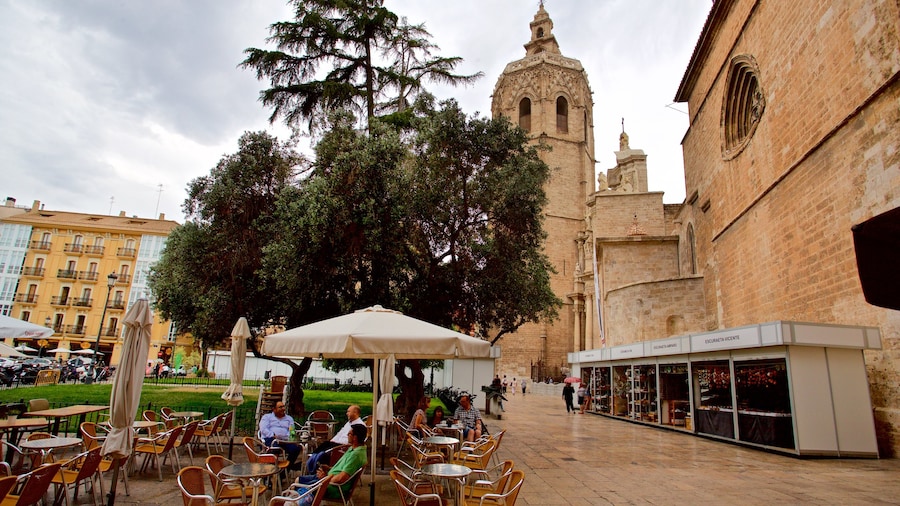Once the heart of a medieval oil and silk trading centre, this late-Gothic neighbourhood is a testament to Valencia’s prosperous mercantile history.
The small area of La Lonja was once the heart of Valencia’s oil and silk trade and today the cluster of old buildings are worth exploring. They’re a great example of late-Gothic architecture with lavish Renaissance décor. La Lonja was built between 1482 and 1533 and is now a UNESCO site. It is reminiscent of Valencia’s prominence as one of the Mediterranean’s biggest commercial centres.
Enter via the Sala de Contraction, a main hall where Valencian merchants would meet and sign contracts for trade agreements. The hall is divided into three aisles separated by five rows of spiral columns. The floor is made of patterned marble and a Latin inscription about the honesty of traders decorates the walls.
Reach the tower through the main hall. This tall building contains a small chapel and a spiral stone staircase leading to the upper floors. The ground floor was formerly used as a prison for bankrupt merchants. Visit the Consulado building that houses the Cultural Academy of Valencia, an institution that regularly hosts exhibitions and cultural events. Enquire at the main entrance to find out what’s on.
Stand outside the building to see gargoyles and the busts of Roman emperors and historical figures adorning the façade. You can get a good view of La Lonja from The Church of Santos Juanes (San Juan del Mercado) across the road.
La Lonja is located near Valencia’s Central Market, where you can join locals and visitors sampling some of the region’s fresh produce. The market is one of Europe’s oldest indoor food markets.
Located on a medieval street in the heart of Old Town, La Lonja can be reached on foot from many attractions in the city. Find ample parking at Central Market or catch the bus to the stations near the La Lonja entrance.
La Lonja is open every day except Monday. Admission is inexpensive and includes a map with information in English.




